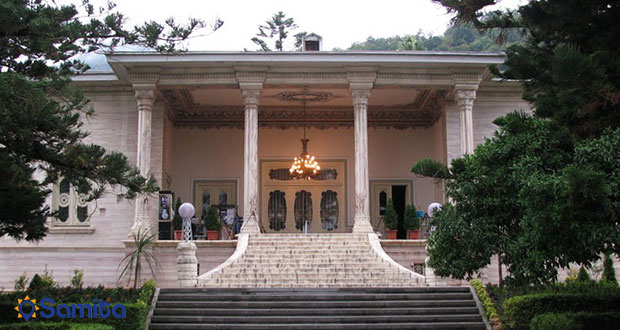Fabulous Iranian Palaces
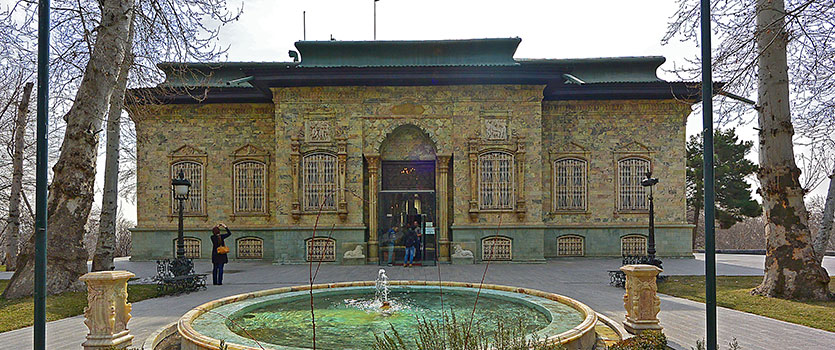
What makes Iran a perfect destination for many travelers is its abundant features ranging from the most beautiful tourist attractions to wonderful historical monuments which are truly worthy of visiting. Among these wonders, Iran’s fabulous palaces that are reminiscent of past eras make sightseeing enthusiasts revel and stand in awe due to the glamorous places where kings of bygone dynasties used to live. In the following, you can have a glance on some of the well-known ones that vising them should not be missed both for delving into the annals of Iran and taking exciting photos.
Ali Qapu Palace
Located on the western side of the Naqsh-e Jahan Square opposite to Sheikh Lotfollah mosque, built by the decree of Shah Abbas the Great in the early seventeenth century, Ali Qapu Palace ̶̶ this celebrated seat of the Safavid capital ̶̶ is one of the most charming of Isfahan’s architectural treasures. Ali Qapu (literally means “Magnificent Gate”) is a pavilion that marks the entrance to the vast royal residential quarter of the Safavid king where the king used to entertain noble visitors and foreign ambassadors. The palace is stretched from the Naqhsh-e-Jahan Square to the Chahar Bagh Boulevard and it is where the Nowruz (New Year's Day) was celebrated for the first time.
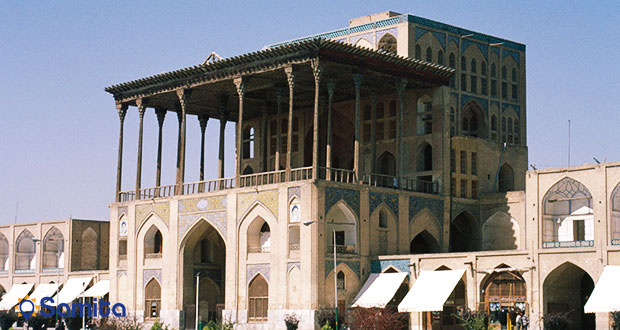
Chehel Sotun Palace
Built by Safavid Shah Abbas II as a pleasure pavilion and reception hall to receive dignitaries and ambassadors, using the Achaemenid-inspired (columnar porch) style, Chehel Sotun palace (literally means Forty Columns) is a veritable museum of Persian painting and ceramics which contains some aesthetic compositions in the traditional miniature style celebrating the joy of life and love along with a magnificent garden as an excellent example of the classic Persian Garden. Located inside a vast royal park at the far end of a long pool with two rows of water-spouts and fountains in the shape of stone lions at the four corners, the palace is surely among the exciting destinations in Isfahan that appeal to tourists.

Hasht Behesht Palace
Dominating the superb Bagh-e Bolbol (Nightingale Garden), Hasht Behest Palace (Literally means “Eight Paradises”), was built about 1660 by Shah Solieman Safavid as the most remarkable construction of that era. Ranked among the world’s most magnificent buildings, the two-story palace was described in exalted terms by most Europeans visitors, showing the height of its glory. Going inside, one has the feeling of coming into a labyrinth of interlinked rectangular and octagonal rooms in the four corners of the building and interrupted by open porches on three sides, each different from the others in shape and decoration, while the center is surmounted by a spectacular ceiling. Visiting this magnificent building which is quite literally a perfect garden pavilion is definitely worthy of effort as a valuable part of tourists’ memoirs.
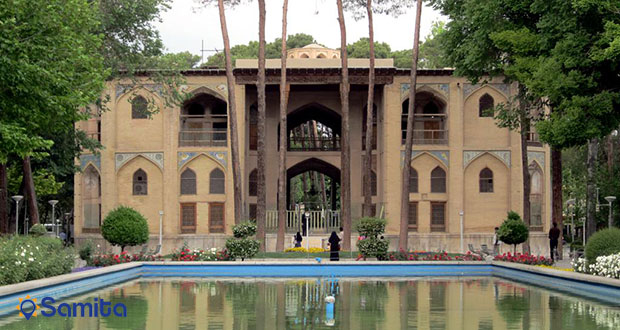
Golestan Palace
Located in the heart and historic core of Tehran, Golestan Palace ̶ ̶ literally means Rose Garden ̶ ̶ is the former royal Qajar complex in Iran’s capital city. Surrounded by an outer wall with gates and in the midst of a verdant, carefully manicured garden, Golestan Palace is the oldest and most important historic monument in Tehran. Originally built during the Safavid dynasty in the 16th century, the site received its most characteristic features following extensions and additions in the 19th century, when the ruling Qajar family selected the palace as the royal residence and seat of power. Registered by UNESCO as a World Heritage Site, the palace exemplifies architectural and artistic achievements of the Qajar era including the introduction of European motifs and styles into Persian arts.
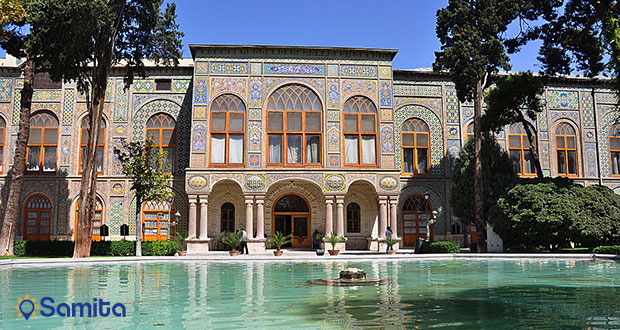
Ahmad Shahi Palace
Built as a residential retreat for Qajari king Ahmad Shah in the north of the capital Tehran, the two-story Ahmad Shahi palace consists of a hall with a central pond made of marble stone, six rooms and two corridors. The nice buff-colored pavilion with brick facades exhibits decorative items of silver, bronze, ivory, and wood, souvenirs from different countries, paintings and medals as well as mineral stones including a stone from the moon. The interior and exterior of the pavilion are not just scenic but photogenic, making it a great place for sightseeing and taking memorable photos.
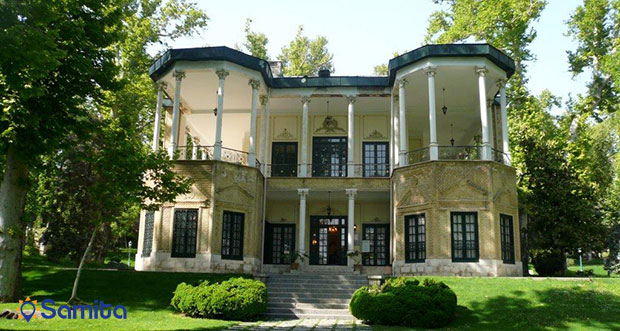
Sahebqaraniyeh Palace
Considered as a must-see palace in Tehran dating back to the Qajar and Pahlavi eras, whose beauty and decoration can match Golestan palace, the two-floor Sahebqaraniyeh palace includes Hoz-Khaneh (pool room), Sofreh-Khaneh (dining room), Korsi-Khaneh (winter sitting room), and tea-house in the first floor used for receiving the guests decorated with colorful glasses, crystal dishes and wooden sash windows (Orosi) as well as the second floor as the office of King Mohammad Reza Pahlavi along with meeting room, waiting room for the foreign missions, secretary’s room, dentist room, and resting place. Signing the constitutional order by the Qajar king Mozaffareddin Shah on the balcony of the palace is among the important historic events happened in the monument.
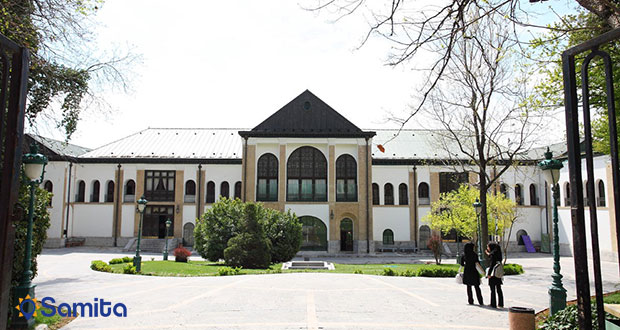
Niavaran Palace
Manifesting the royal splendor of the Pahlavi era, Niavaran palace as the residence of King Pahlavi II and his family is an alluring building with an aluminum sliding roof and a great hall in which various rooms are situated including a private cinema, dining room, guest room, waiting room, and lateral halls such as the Blue Hall as well as upper floor bedrooms for the king, queen and their children decorated with precious paintings, carpets and furniture, providing an enchanting place for tourists visiting the capital Tehran.
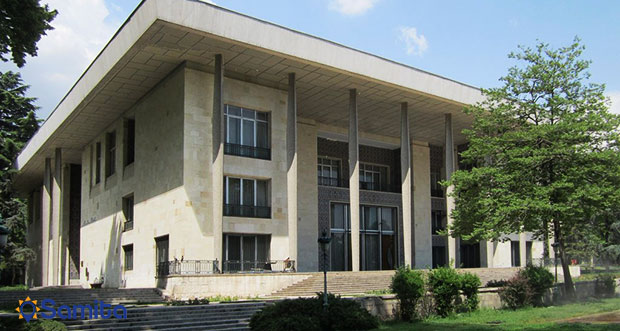
Saadabad Palace
Situated in a well-positioned place in the Shemiran area of Iran’s capital Tehran, the cultural and historical Saadabad Palace Complex dating back to the Qajar and Pahlavi eras is one of the biggest and most important palace complexes of Iran with several palaces and museums offering a must-see sightseeing spot which attracts a large number of domestic and foreign visitors and tourists. By getting far from the commotion of the capital’s noisy streets, one arrives to the splendid site at the ever refreshing foothills of the Alborz Mountains surrounded by amazing natural scenery and plane trees which results in making people believe why Saadabad has been a fine jewel since a long time ago. White or Nation palace and Shahvand or Green palace are two of the most interesting parts of the complex worthy of visiting.

Marble Palace
Dating back to Pahlavi era, marble palace is one of the most beautiful palaces in the northern city of Ramsar in Gilan province. Situated in a well-positioned place near the Caspian Sea, the palace used to be a summer residence by king Reza Shah and then by his son, king Mohammad Reza Pahlavi. Built in an area of 60,000 square meters, the palace has been decorated by prominent painters and sculptors. What made the palace to be called marble was the carved marble stones which were used to build the front line. Likewise, plaster and mirror are the common materials used to embellish the interior rooms. The most fascinating part of the palace is its reception hall with wooden floor and amazing dishes of that time.
